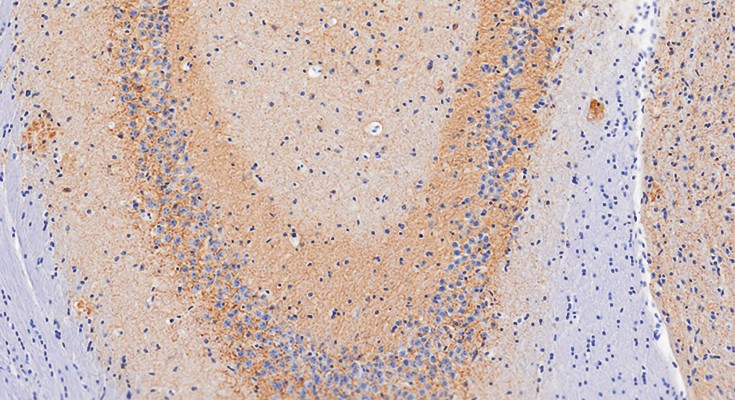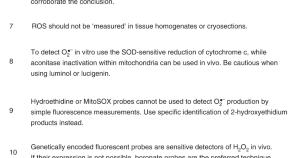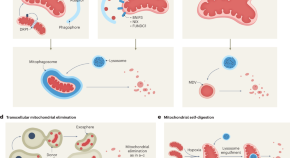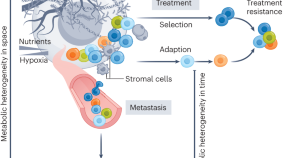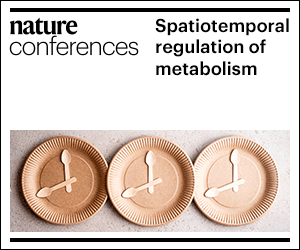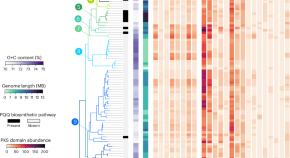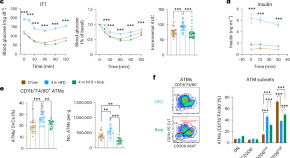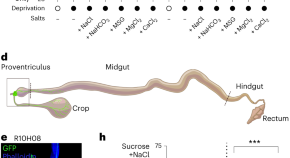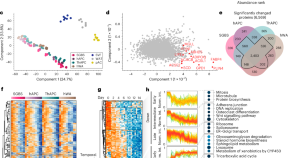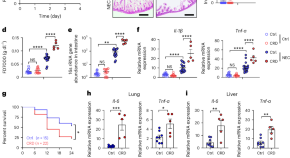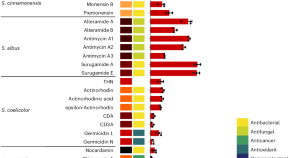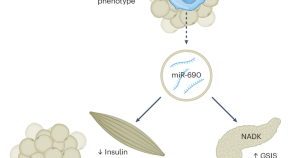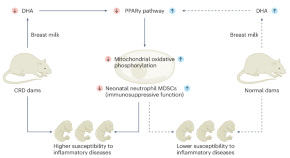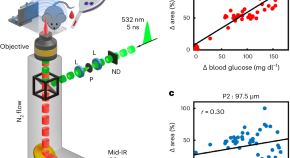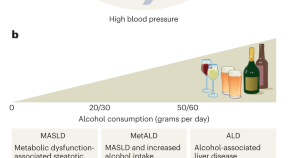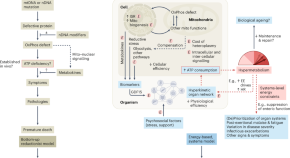Featured
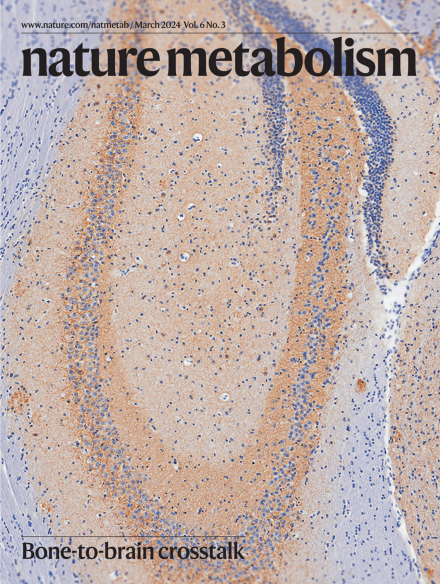
Advertisement
-
-

NCOR1/2 and glucocorticoid receptor orchestrate hepatic function
In this issue of Nature Metabolism, the research team of Mitchell Lazar reveals unexpected consequences of double loss of the coregulators NCOR1 and NCOR2 (NCOR1/2) in hepatocytes of adult mice, which affects chromatin functioning and glucocorticoid receptor (GR)-mediated gene transcription.
-
-
Trending - Altmetric
-
Systemic proteome adaptions to 7-day complete caloric restriction in humans
-
Adipose tissue macrophages secrete small extracellular vesicles that mediate rosiglitazone-induced insulin sensitization
-
A call for accessible tools to unlock single-cell immunometabolism research
-
Gastric mechanosensitive channel Piezo1 regulates ghrelin production and food intake

